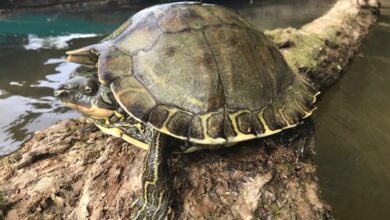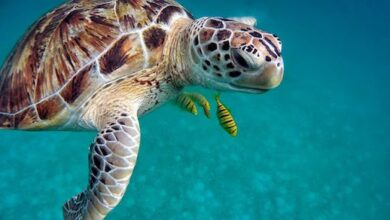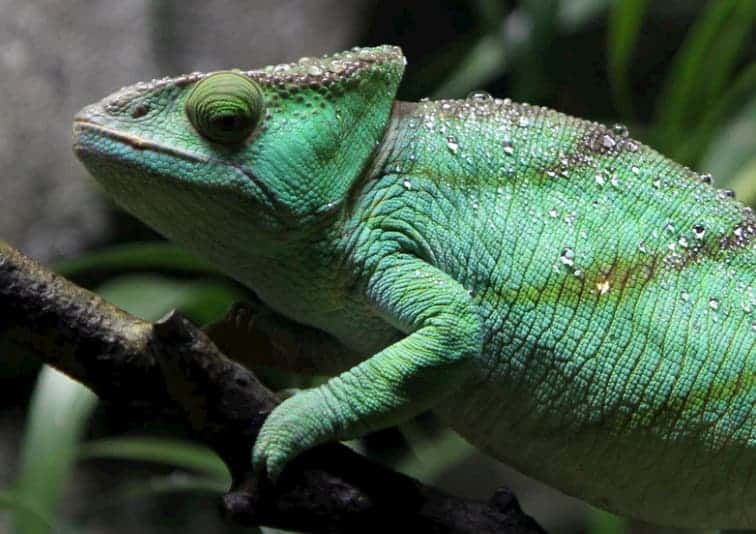Reader Question:
Does anyone have any suggestions for controlling turtle pond algae? It is plain soup green algae. I have a 1 HP pool pump on my pond with a filter designed for swimming pools, so filtration is not a problem. I see lots of things sold online….but what works? I have 23 sliders and some goldfish in the pond. The plants are growing in a separate pond because these turtles eat them and even if they are not hungry they just destroy the plants. Anyone have any suggestions? Love my turtles, but I can’t keep draining the pond every week. They are starting to have algae in them and that can’t be good…
Answer:
Well to make it plain and simple, with the amount of livestock you have in your pond there is a huge amount of waste being produced. The waste gives off nitrates that aquatic plants including algae feed off of. So as long as you have that many turtles in there, there is going to be that problem. The way to get rid of it is going to be tough. In natural ponds you’ll see that a lot of them are very clear, this is because there are aquatic plants in the pond, after a while the larger plants compete with algae for the nitrate, eventually the bigger plant will win, the algae will slowly die off and the plant (Water Hyacinth for example) will multiple until there is a balance with the amount of nitrate being produced and the plants consuming it. I don’t know what you can do with trying to avoid your turtles from eating the plants, you can try netting off an area for the plants. Or buy a TON of the plants, place them in and see what happens.
Here’s a picture of my pond with a similar problem to yours. You can see the plants are very few.
And here over time five Water Hyacinth and five Water lettuce multiplied to about 60 in total.
Wow that is amazing! I think I will try to net off an area for the plants. I have some really nice ones that are multiplying like crazy in the other pond. Thanks!
You can also try using a UV light inline with your filter. I had the same problem and it solved it within a week. It’s been all summer now and no green water. Some algae grows on the sides but the fish like munching on it.
Where is the best place to buy a UV light? Thanks for your help! My turtles thank you, too. I just spent 3 hours wiping down their shells, and refilling the pond again.
just curious did you leave a receipt tag on the large plant or am I imaging it.
You can also get UV lights from Lowes and your local pond supply store. The down fall to UV lights for you pond is that they need to be changed about every six months just like the UVB bulbs you use over an aquarium. My pond was almost that green once upon a time and I ran down to my local pond store and picked up a animal friendly chemical to reverse the effects (the brand name escapes me right now) and wa-lah, my pond was crystal clear again.
the internet and your local pond store can be pretty helpful.
Also, UV clarifiers are really expensive. I got a bunch of anacharis. Now the water is just brown from the dirt on the bottom.
How big is your pond? Having 50% plant coverage will help with algae, but the best solution for algae is a uv clarifier. Check places like www.watergardencreations.com or azponds.com where this time of year you may even find them on sale. There’s also an algaecide called Algaefix that works great, but it is a chemical and although not going to hurt your turtles, fish, plants, you really don’t want to have to keep treating. Better to fix the problem that is causing the algae. We replace the bulbs in the clarifiers about once a year and that seems to be sufficient to keep them effective for killing of the algae. I think the hundreds of tadpoles that hatched have also helped tremendously this year.





